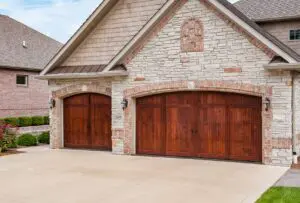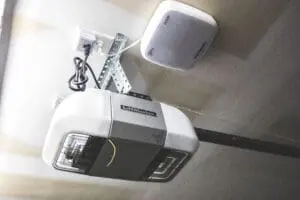
How Much Does Garage Door Repair Cost in 2025?
Tired of holding the garage door button just to get it to open or close? Learn the common causes, easy DIY fixes, and when to call Welborn Garage for expert help.
Your garage door is a daily workhorse.
At the heart of its safe operation are the garage door sensors—small but mighty devices that prevent the door from closing on objects, pets, or, heaven forbid, your foot.
Understanding how these sensors work, recognizing common issues, and knowing how to address them can save you time, money, and a lot of frustration.
Garage door sensors, also known as photoelectric safety sensors, have been a standard feature in automatic garage doors since 1993.
Positioned on either side of the garage door, about six inches above the ground, these sensors create an invisible infrared beam across the door’s threshold.
When this beam is interrupted—say, by a bicycle, a wandering pet, or a misplaced basketball—the sensors signal the garage door opener to halt or reverse the door’s movement.
Even the most reliable systems can encounter hiccups. Here are some typical problems that can affect garage door sensors:
Sunlight Interference: Direct sunlight hitting the sensor can interfere with its ability to detect the infrared beam, causing the door to malfunction, especially during certain times of the day.
Before calling in the pros, you can perform a few simple checks to diagnose sensor problems:
Test the Door’s Operation: After performing these checks, try operating the garage door to see if the issue persists.
If you’ve identified an issue, here are some straightforward fixes you can attempt:
Misaligned sensors are a common culprit behind garage door malfunctions. To realign them:
Dirt and debris can obstruct the sensors’ lenses. To clean them:
Damaged wires can disrupt sensor function. To inspect and address wiring problems:
If sunlight is causing sensor issues:
While many sensor issues can be resolved with these DIY methods, some situations require professional expertise:

Don't let your garage project, just be a project. Schedule today, and make your garage the centerpiece of your home!

Tired of holding the garage door button just to get it to open or close? Learn the common causes, easy DIY fixes, and when to call Welborn Garage for expert help.

Tired of holding the garage door button just to get it to open or close? Learn the common causes, easy DIY fixes, and when to call Welborn Garage for expert help.

Tired of holding the garage door button just to get it to open or close? Learn the common causes, easy DIY fixes, and when to call Welborn Garage for expert help.